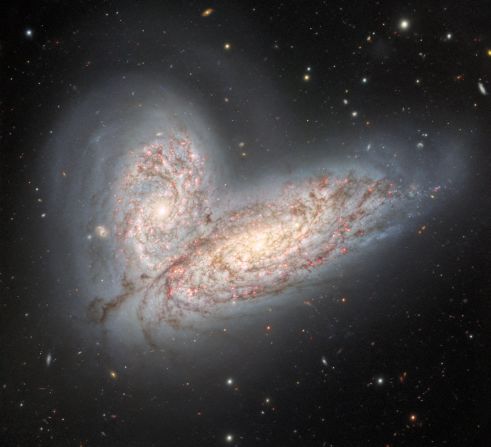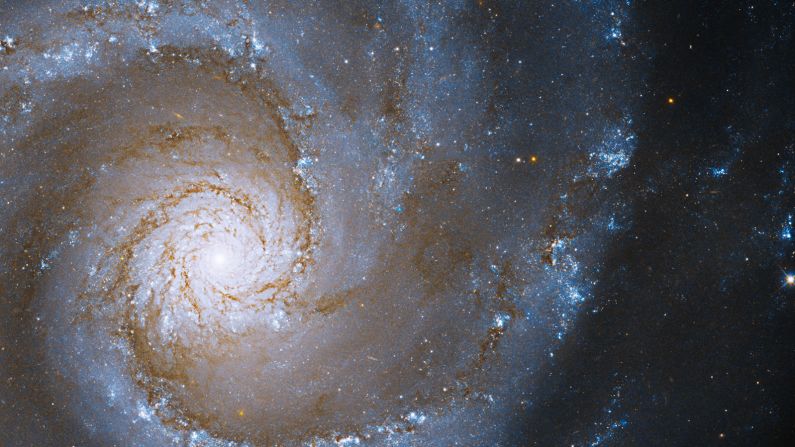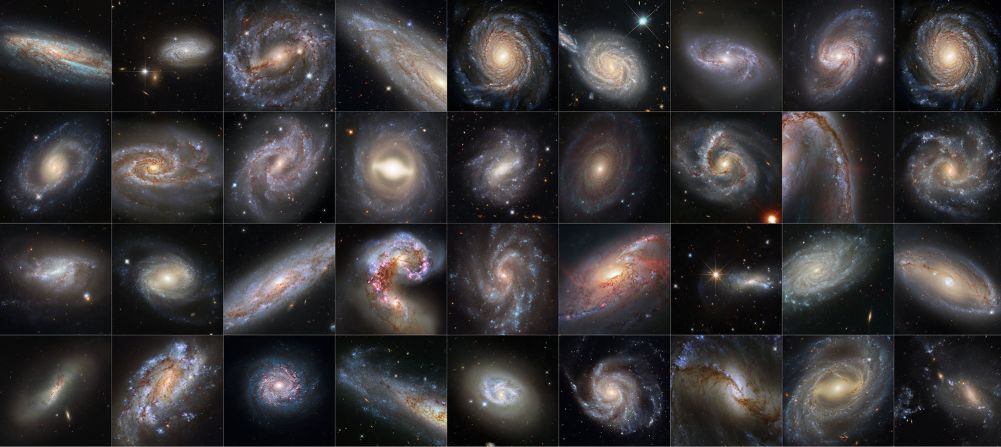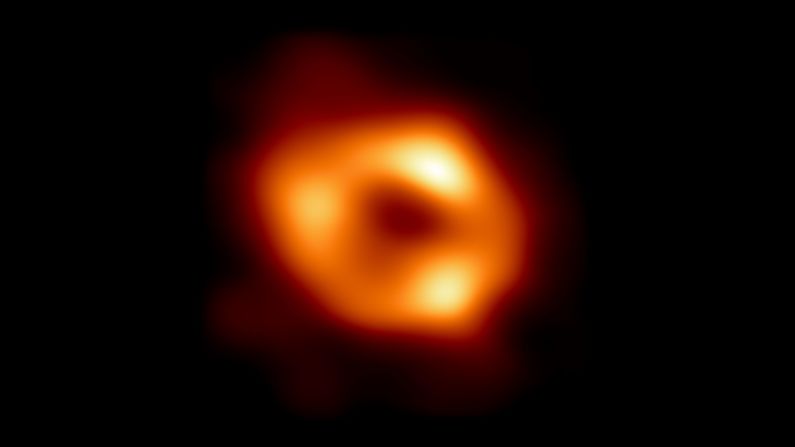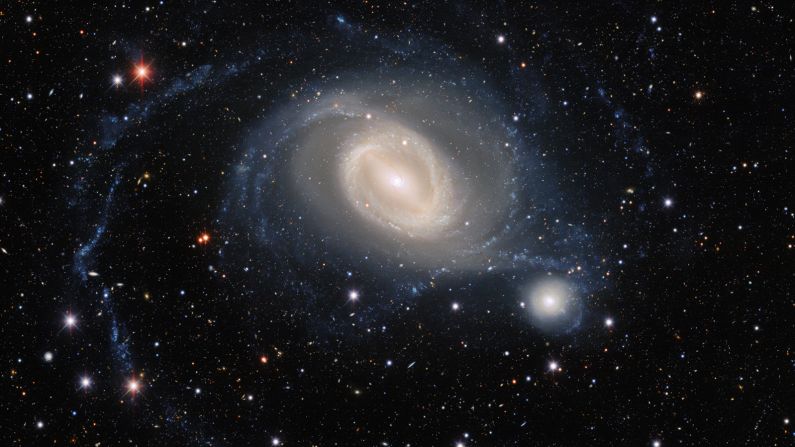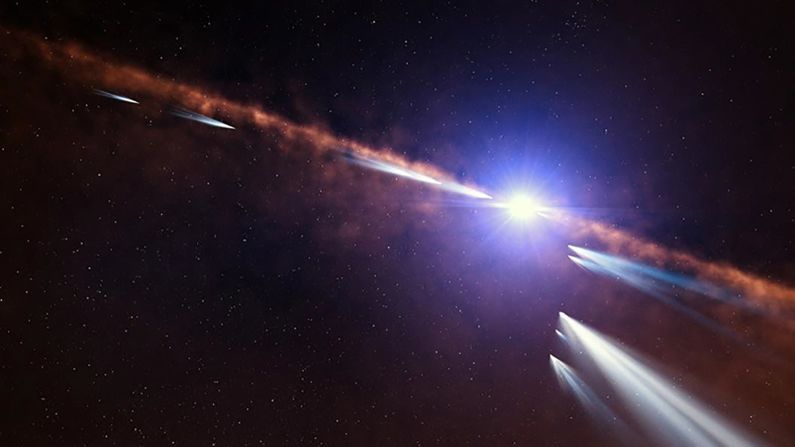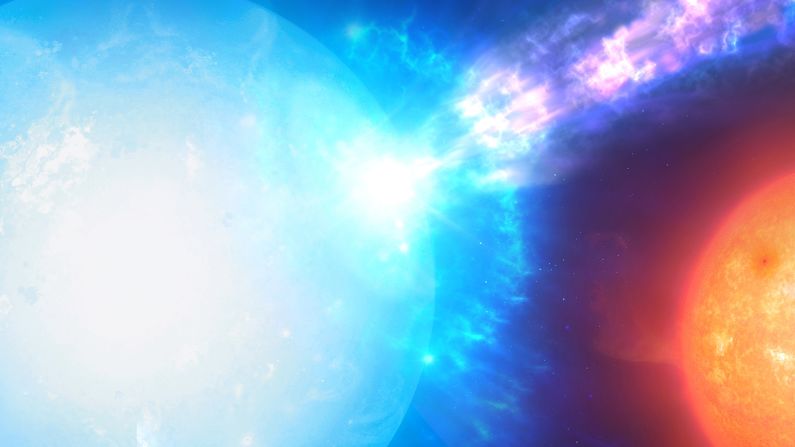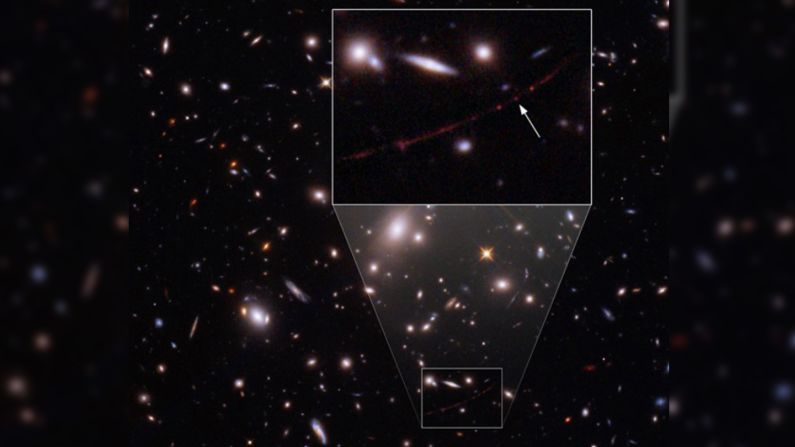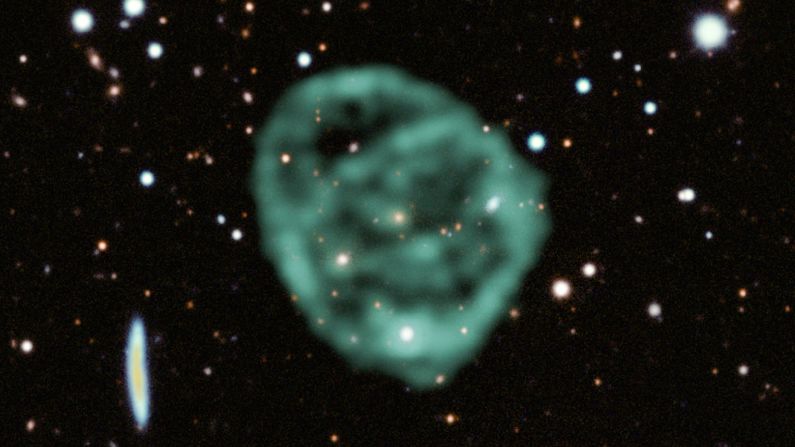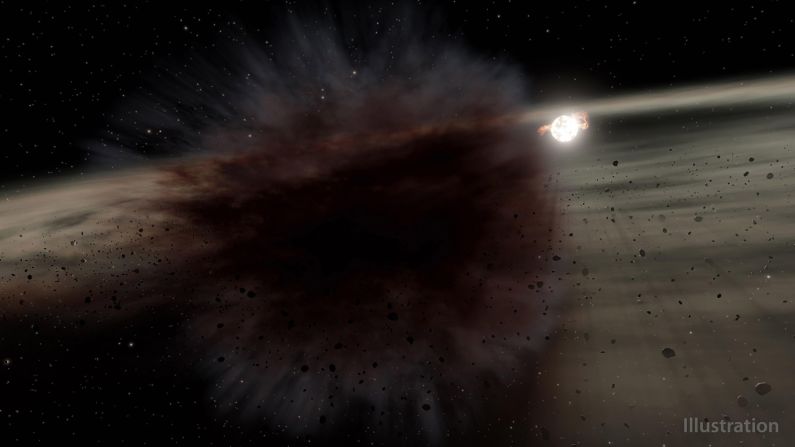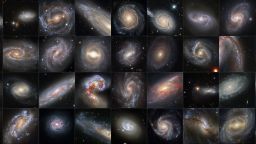Sign up for CNN’s Wonder Theory science newsletter. Explore the universe with news on fascinating discoveries, scientific advancements and more.
The Hubble Space Telescope has looked straight into the heart of a stunning galaxy.
The observatory captured this head-on view of a grand design spiral galaxy, called NGC 3631, located about 53 million light-years away from Earth. The celestial system can be found in the direction of the Ursa Major constellation.
These distinctive galaxies have arms that seem to wrap around the galaxy’s structure, as well as into the heart of the galaxy.
The arms of NGC 3631 are filled with bright regions where stars are being born, as well as dark, dusty areas.
Stars form within the spiral arms due to a logjam of material. More slowly moving material within the galaxy can stall, bringing the gas and dust needed to make stars together within the inner part of the spiral arms.
As this buildup of matter grows more dense, it experiences a gravitational collapse, leading to the birth of new stars. Star formation can be seen in bright blue-white in the new Hubble image. Other shades of blue represent visible light and the orange showcase infrared light, which is otherwise invisible to the human eye.
This image was created using data from Hubble’s Wide Field Camera 3 and Advanced Camera for Surveys.
Spiral galaxies are incredibly common across the universe, whereas grand design spirals are rarer. They stand out because of their very well-defined spiral arms.



